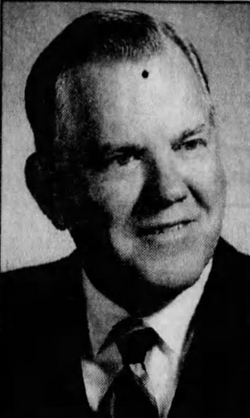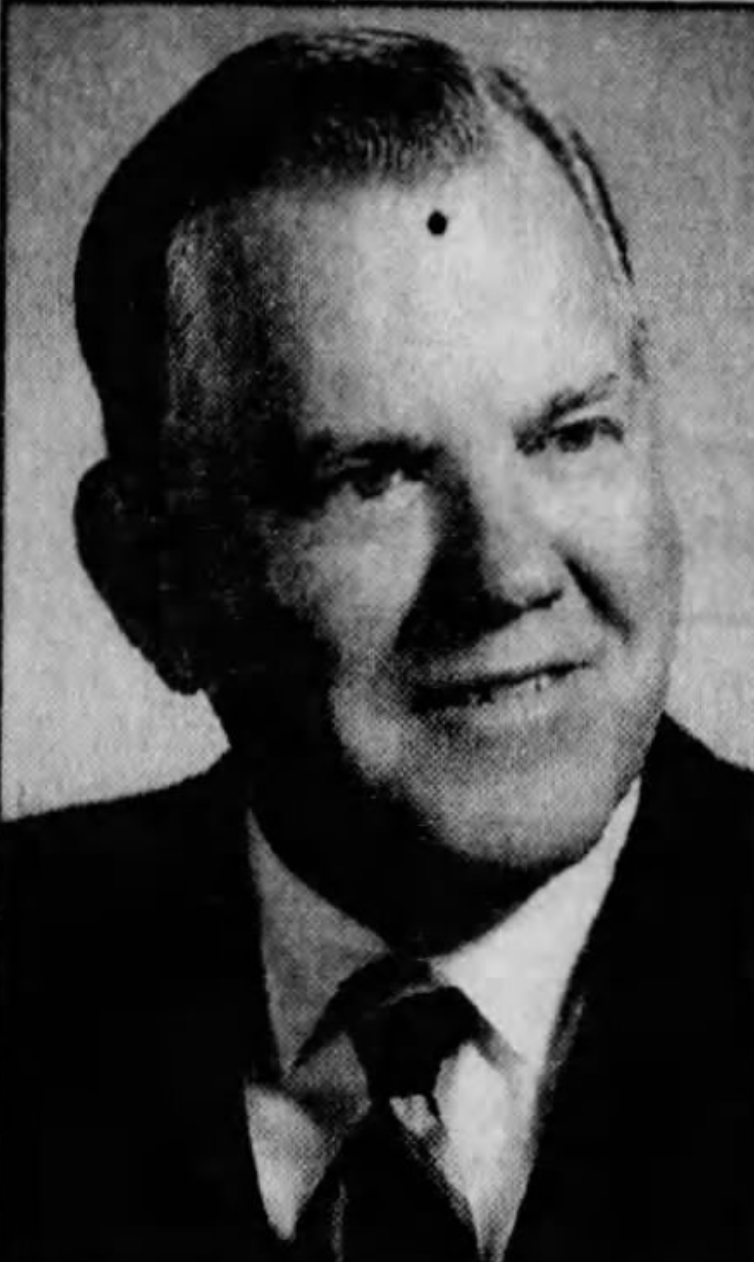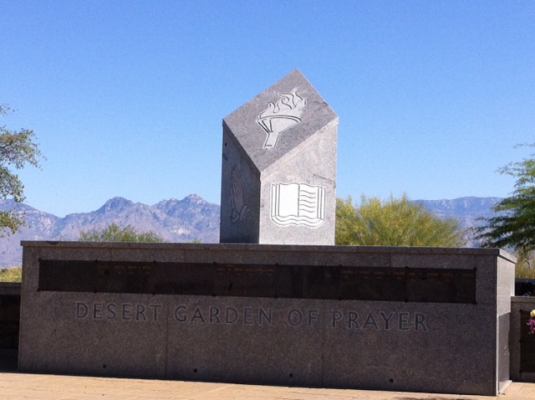Atwood began his career in 1939 working in the potash industry at Carlsbad, NM. In 1950, he joined the Duval Texas Sulphur Company where he served as chief engineer in the design and construction of Duval’s potash mining and refining plant. He remained with Duval Corporation in Carlsbad as Refinery Superintendent and Assistant Resident Manager until 1957, when he and his family relocated to Tucson, Arizona, as the Resident Manager of Duval’s new Copper Division.
Under Atwood’s leadership, the copper division became a major success, despite taking on properties considered marginal by others in the field. To save on up-front costs, stripping and mining was done by a contractor, rather than making the capital investment initially. The higher than usual value of molybdenum also figured prominently in the profitability. Following the success with the initial property (Esperanza), Duval successfully developed and operated other copper/moly properties, such as Sierrita adjoining Esperanza, Mineral Park near Kingman, AZ, and Battle Mountain, NV, which ultimately became a significant gold producer.
Atwood subsequently became Vice President, Executive Vice President, and in 1977, Chairman of the Board of Duval Corporation. He served as Chairman of the Board until his retirement in 1983.
He held twelve patents, authored numerous publications in the fields of extractive metallurgy and solution chemistry. Under his leadership, Duval initiated the use of in-pit portable rock crushers, and did major research on metallurgical processes to bypass smelting (CLEAR PROCESS). He received the Ankh Award from the Copper Club, the James Douglas medal from AIME, and a Distinguished Service Award from the American Mining Congress, among other honors capping his distinguished career.
Atwood was the inaugural 1983 Inductee into the American Mining Hall of Fame at an award ceremony held in Tucson, Arizona, on 3 December 1983.
Bio courtesy of the Mining Foundation of the Southwest
~~~~~~~~~~
His last residence was Tucson; SSN was issued in New Mexico.
Atwood began his career in 1939 working in the potash industry at Carlsbad, NM. In 1950, he joined the Duval Texas Sulphur Company where he served as chief engineer in the design and construction of Duval’s potash mining and refining plant. He remained with Duval Corporation in Carlsbad as Refinery Superintendent and Assistant Resident Manager until 1957, when he and his family relocated to Tucson, Arizona, as the Resident Manager of Duval’s new Copper Division.
Under Atwood’s leadership, the copper division became a major success, despite taking on properties considered marginal by others in the field. To save on up-front costs, stripping and mining was done by a contractor, rather than making the capital investment initially. The higher than usual value of molybdenum also figured prominently in the profitability. Following the success with the initial property (Esperanza), Duval successfully developed and operated other copper/moly properties, such as Sierrita adjoining Esperanza, Mineral Park near Kingman, AZ, and Battle Mountain, NV, which ultimately became a significant gold producer.
Atwood subsequently became Vice President, Executive Vice President, and in 1977, Chairman of the Board of Duval Corporation. He served as Chairman of the Board until his retirement in 1983.
He held twelve patents, authored numerous publications in the fields of extractive metallurgy and solution chemistry. Under his leadership, Duval initiated the use of in-pit portable rock crushers, and did major research on metallurgical processes to bypass smelting (CLEAR PROCESS). He received the Ankh Award from the Copper Club, the James Douglas medal from AIME, and a Distinguished Service Award from the American Mining Congress, among other honors capping his distinguished career.
Atwood was the inaugural 1983 Inductee into the American Mining Hall of Fame at an award ceremony held in Tucson, Arizona, on 3 December 1983.
Bio courtesy of the Mining Foundation of the Southwest
~~~~~~~~~~
His last residence was Tucson; SSN was issued in New Mexico.
Family Members
Sponsored by Ancestry
Advertisement
Advertisement















